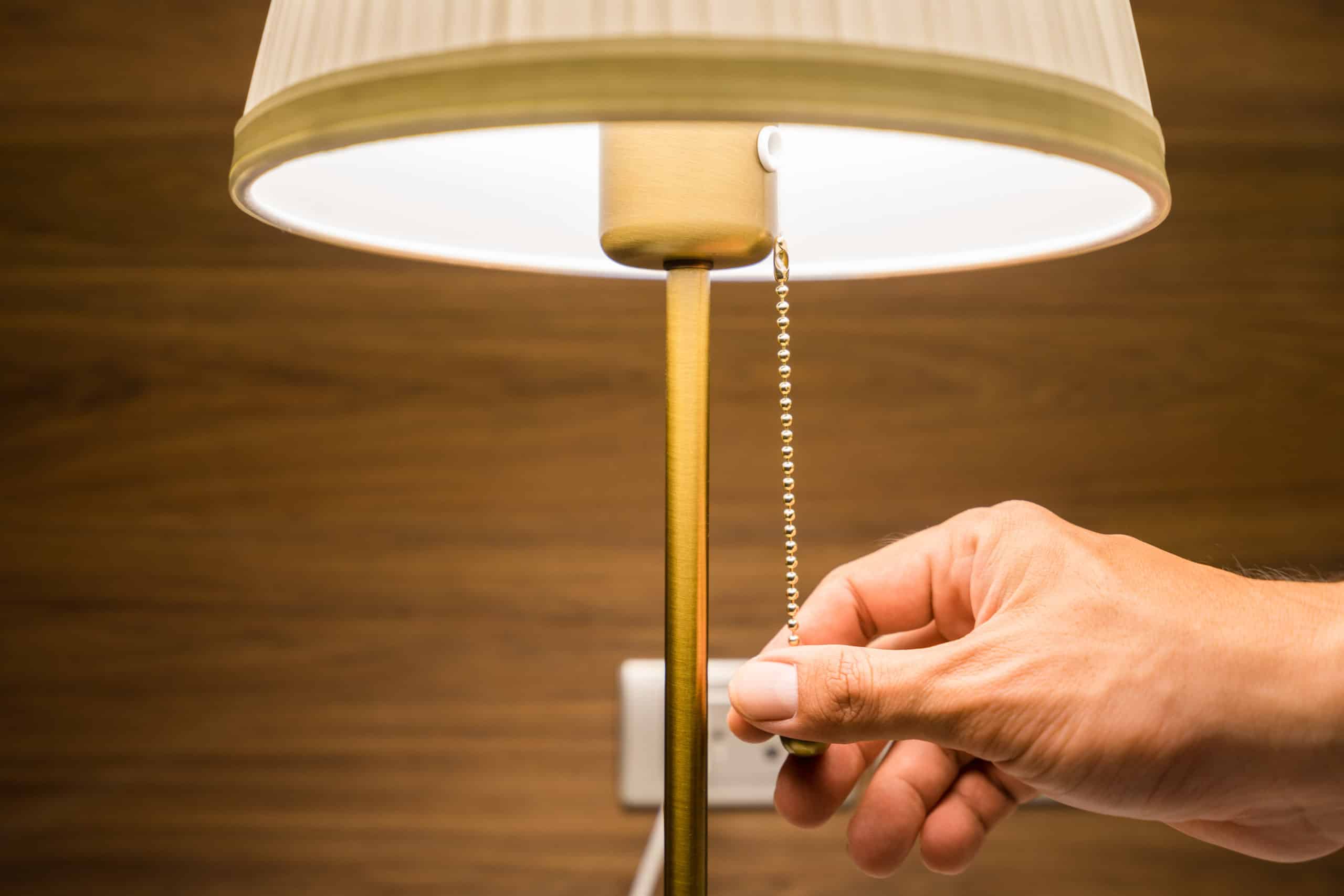In a world increasingly fueled by clickbait headlines and social media algorithms, easy one-size-fits-all advice and quick hacks get plenty of undeserved attention.
Nowhere is this more prevalent than in the realm of personal finance.
How many of these “golden rules” have you taken as gospel?
Let’s take it from the top.
1. The Latte Effect: The Millionaire’s Misdirection
You’ve likely heard of this one: skip that daily $5 latte, invest the savings, and boom – millionaire status awaits.
It sounds good on paper, but in reality, it’s an over-simplification. The ‘latte effect’ isn’t wrong, but it’s not the game-changer it’s made out to be.
Our focus shouldn’t be on small daily indulgences but on the big-ticket items: housing, cars, and education come to mind.
Make a poor decision in these big-ticket domains and no amount of coffee abstinence will save you.
Instead of depriving yourself of life’s small pleasures, save and invest diligently (ideally allocating at least ~15% of household income towards “future you”) and be smart about the big expenses.
2. “Follow Your Passion” is the Key to Wealth
This sounds poetic, right? But it’s problematic. Countless young people are told, “do what you love, and the money will follow.”
But here’s the hard truth: not all passions pay.
NYU Professor Scott Galloway regularly roasts the “follow your passion” advice. This short video gives a taste.
Generally speaking, a passion without a market is just a hobby.
Young adults, especially those considering shelling out six figures for a college degree, might be better served by identifying the areas where their skills and interests intersect with market demand.
This is not a suggestion to throw personal passions out the window. Rather, it’s about balancing passion with pragmatism.
Be passionate, but also be smart about where and how you deploy that passion.
3. A College Degree Guarantees Financial Success
Piggy-backing off “follow your passion” – let’s talk about college degrees.
While the college experience and a degree can provide valuable skills and networks, the idea that it’s a surefire ticket to prosperity is outdated.
We live in an age where information is abundant and often free. We’ve seen the rise of alternate educational models, online courses, and bootcamps that offer valuable skills at a fraction of the cost of traditional education.
This doesn’t mean skip college. Instead, be discerning.
Prospective undergrads (and graduate students) should understand the return on investment for a chosen degree.
Sometimes, the brand of the university might matter, sometimes the skills you gain are paramount.
Navigate this space with eyes wide open.
4. Renting is Money Down the Drain
The belief that home ownership is always superior to renting is ingrained in our psyche.
Reality check: a home can be both an asset and a liability.
Not only that, a home can tie the owners down geographically, homes are (relatively) illiquid, and they come with a slew of expenses: repairs, taxes, and maintenance to name a few.
Renting, on the other hand, provides flexibility.
In rapidly changing job markets and with the rise of remote work, this flexibility can be a significant advantage.
The idea here isn’t to swear off buying, but rather to understand that renting can be a strategic choice, not just a last resort.
5. The Stock Market is Just Legalized Gambling
Many folks toss investing into the same basket as rolling dice in Vegas. But equating the stock market with gambling is an incorrect oversimplification that can deter potential investors.
When someone sits down at the roulette wheel or slot machine, they’re placing bets on outcomes largely defined by chance.
The stock market, on the other hand, while inherently risky and unpredictable in the short term, behaves quite differently over the long haul.
A thoughtful investor recognizes that, over long periods, the stock market has trended upwards.
Moreover, investing offers tools and mechanisms to mitigate risks. Diversification, or spreading investments across various assets, is a tactic employed to manage potential losses.
However, it’s worth noting that short-term investing does veer closer to gambling. This type of “investing” is focused on speculation and short-term gain. But painting the entire stock market with the same speculative brush is misleading.
Understanding the difference between short-term speculation and long-term globally diversified investing is crucial.
Instead of seeing the market as a roulette table where you place quick bets, envision it as a carefully tended garden that requires seeds (invested funds), water (additional contributions), and sunlight (patience).
Closing Thoughts
In the rapidly evolving landscape of the 21st century, old playbooks can be more hindrance than help.
Challenge these myths (and others!) by questioning conventional wisdom, arming yourself with up-to-date knowledge, and cultivating a mindset



